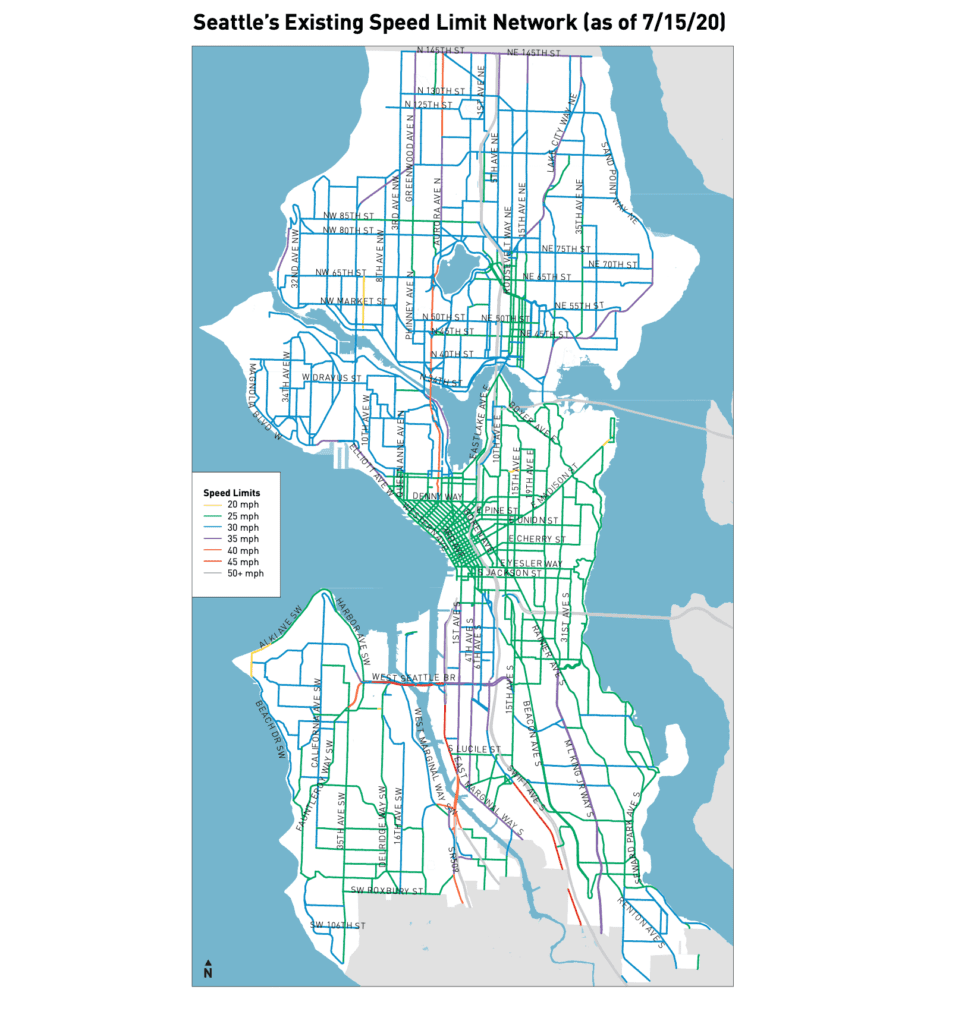[fusion_builder_container hundred_percent=”no” equal_height_columns=”no” menu_anchor=”” hide_on_mobile=”small-visibility,medium-visibility,large-visibility” class=”” id=”” background_color=”” background_image=”” background_position=”center center” background_repeat=”no-repeat” fade=”no” background_parallax=”none” parallax_speed=”0.3″ video_mp4=”” video_webm=”” video_ogv=”” video_url=”” video_aspect_ratio=”16:9″ video_loop=”yes” video_mute=”yes” overlay_color=”” video_preview_image=”” border_color=”” border_style=”solid” padding_top=”” padding_bottom=”” padding_left=”” padding_right=”” type=”legacy”][fusion_builder_row][fusion_builder_column type=”1_1″ layout=”1_1″ background_position=”left top” background_color=”” border_color=”” border_style=”solid” border_position=”all” spacing=”yes” background_image=”” background_repeat=”no-repeat” padding_top=”” padding_right=”” padding_bottom=”” padding_left=”” margin_top=”0px” margin_bottom=”0px” class=”” id=”” animation_type=”” animation_speed=”0.3″ animation_direction=”left” hide_on_mobile=”small-visibility,medium-visibility,large-visibility” center_content=”no” last=”true” min_height=”” hover_type=”none” link=”” border_sizes_top=”” border_sizes_bottom=”” border_sizes_left=”” border_sizes_right=”” first=”true”][fusion_text columns=”” column_min_width=”” column_spacing=”” rule_style=”” rule_size=”” rule_color=”” hue=”” saturation=”” lightness=”” alpha=”” content_alignment_medium=”” content_alignment_small=”” content_alignment=”” hide_on_mobile=”small-visibility,medium-visibility,large-visibility” sticky_display=”normal,sticky” class=”” id=”” margin_top=”” margin_right=”” margin_bottom=”” margin_left=”” fusion_font_family_text_font=”” fusion_font_variant_text_font=”” font_size=”” line_height=”” letter_spacing=”” text_transform=”” text_color=”” animation_type=”” animation_direction=”left” animation_color=”” animation_speed=”0.3″ animation_delay=”0″ animation_offset=””]
Just the addition of 25-mph-speed limit signs can significantly reduce the total number of car crashes and injury crashes, according to Seattle’s Department of Transportation (SDOT).
SDOT cites the “dramatic reduction in crashes and injuries” after adding speed limit signs to several major streets. Some speed limits were lowered from 30 mph to 25 mph.
In Seattle, the speed limit in school zones and on all residential streets is 20 MPH. Of the city’s major streets, almost half now have a 25-mph speed limit.

The reduced speed limit, and the additional signage, are components of the city’s plan to achieve the Vision Zero goal of ending traffic deaths and serious injuries on city streets by the year 2030.
Study on injury crashes in North Seattle
While the change in speed limits and increased signage is occurring throughout Seattle, SDOT released a report for a controlled study on several North Seattle streets and neighborhoods. (For their purposes, “North Seattle” seems to apply to any area north of the Lake Washington ship canal.)
The data show that the number of total crashes declined, injury crashes declined, and excessive speeds declined. The data, collected March 2018 – November 2019, was compared to the average of the previous 5 years. “Injury crashes” encompasses all injury, serious injury, and fatal collisions.
Greenwood/Phinney Avenue N, North Seattle
The speed limit was reduced from 30 mph to 25 mph, with signs added every 1/4 mile.
- 35% reduction in total crashes
- 21% reduction in injury crashes
NW 85th Street /N 85th Street, North Seattle
From 18th Ave NW to Interlake Ave N, the speed limit is—and has been—25 mph. Yet, many SDOT added speed limit signs every 1/4 miles.
- 39% reduction in total crashes
- 31% reduction in injury crashes
NE 45th Street /N 45th Street, North Seattle
For 2.2 miles, from 46th Street and Whitman Avenue to Montlake Blvd NE, SDOT added 25 mph speed limit signs. The speed limit itself did not change.
- 14% reduction in total crashes
- 11% reduction in injury crashes
Green Lake, Roosevelt neighborhood
Previously, 15th Ave NE had a been a 30 mph street, with 1.5-mile sign spacing. The other major streets in the area were already 25 mph by default; SDOT added signage.
- 24% reduction in total crashes
- 13% reduction in injury crashes
U District
University Way NE & 15th Ave NE had been 30 mph, with 1.5-mile sign spacing; other streets were 25 mph. SDOT added 25 mph signage.
- 18% reduction in total crashes
- 18% reduction in injury crashes
Recommended Article: Seattle Speed Limit
Using the speed limit study data
The most drastic change in the North Seattle case study is the 39% drop in crashes on 85th Ave. The speed limit did not even change; SDOT simply added signs. The study was cited by the National Association of City Transportation Officials as part of a new framework in setting safe speed limits.
Most crashes are caused by bad driving choices, unsafe vehicles, or poor street design and engineering. (That’s why we call them “crashes”, not “accidents”.) We hope to see Seattle’s city leaders and SDOT use this information, and act aggressively to build a safer city for all of us.
See the full SDOT report here (PDF): https://www.seattle.gov/Documents/Departments/SDOT/VisionZero/SpeedLimit_CaseStudies_Report.pdf
Recommended Article: Washington Has Speed Spare
[/fusion_text][/fusion_builder_column][/fusion_builder_row][/fusion_builder_container]



